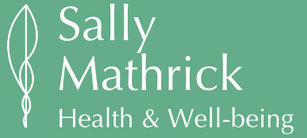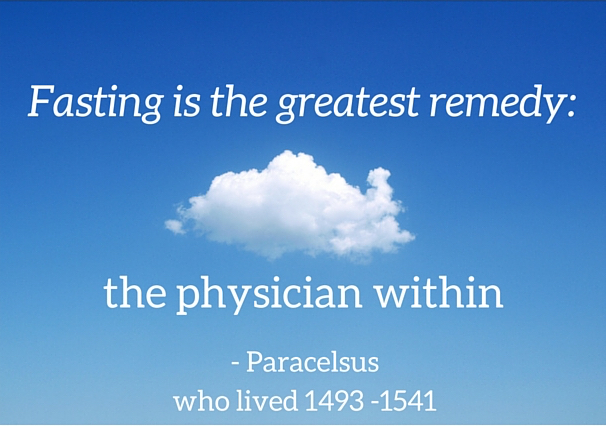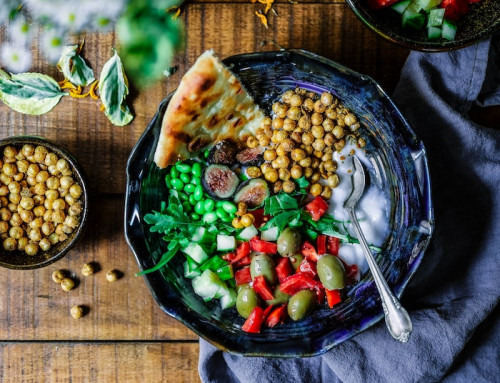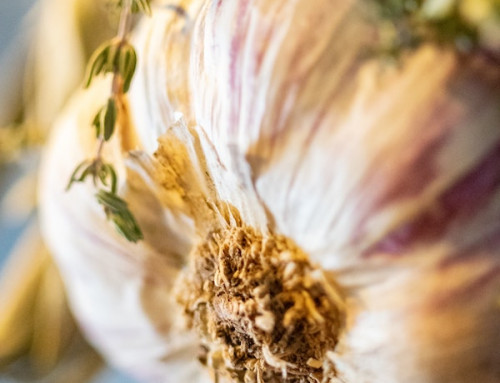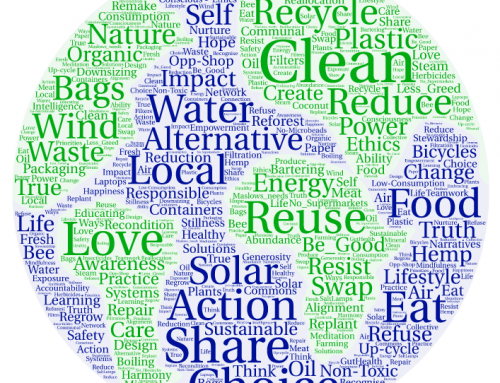Fasting is a great healer for the human body.
Over the past decade research has been coming in thick and fast proving the healing benefits of the time-honoured practice of fasting.
The intricate biochemistry of cellular rejuvenation that is triggered by not eating has been revealed. It’s metabolic adaptation that occurs is nothing short of astonishing.
Intermittent Fasting itself appears to be the panacea medicine has searching for, particularly for chronic diseases and aging.
In December 2019 deCabo and Mattson’s Review Article summarised the latest science, detailing the various processes that improve health and increase resilience to stress from fasting. These processes include better management of glucose, better energy metabolism, longer cell survival, increased stress resistance and improved “self eating” of damaged cells.
Intermittent fasting can be applied to conditions as diverse as obesity and diabetes, cardiovascular disease, cancer, brain disorders such as Alzhemier’s disease and Parkinson’s disease, asthma, Multiple Sclerosis and arthritis. It also great as a general well being practice for optimal health.
So, how ‘should’ YOU fast?
With the plethora well-marketed ‘experts’ pointing you their way, I suggest you start with conservative approach and then try out a range of methods to feel what works best for you: For your body, mind and life situation. Be gentle with yourself though! Learn from my mistakes in this blog: Lessons in Fasting.
Intermittent fasting (I.F.) is a great starting place for a fasting virgin.
Summaries of popular Intermittent Fasting programs: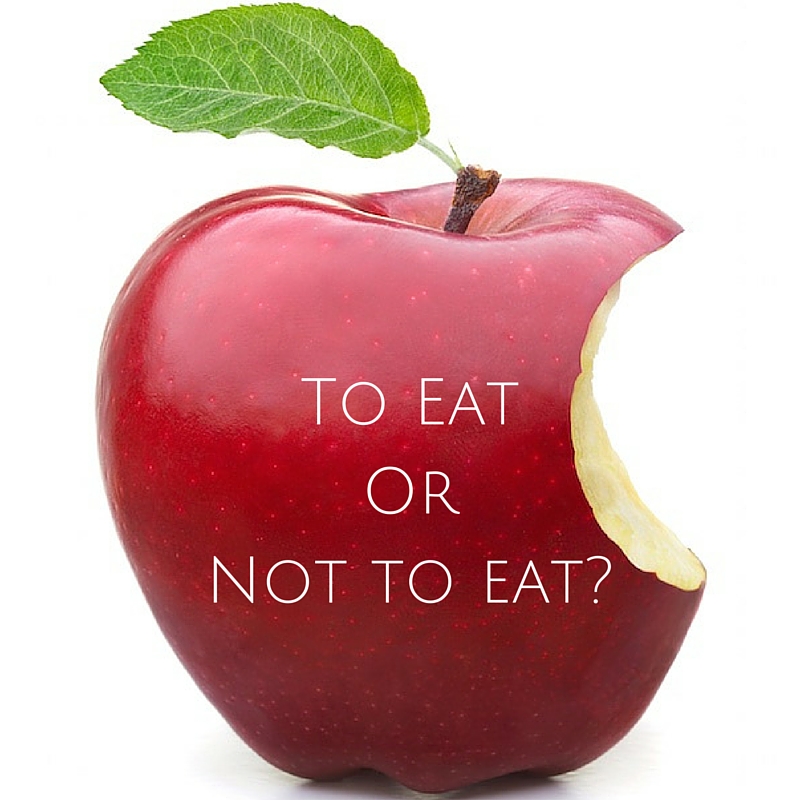
- Eat.Stop.Eat.Diet = Eat no calories for 24hrs 1-2 times per week
- The Every Other Day Diet = Eat 500calories/day, every other day
- The 5:2 Diet = Eat 500 calories/day, two days a week
- Warrior Diet = Eat during a 4-hr window/day (fast 18 hrs)
- Lean Gains = Eat during an 8-hr window (fast 16 hrs)
- The Fast-5 = Eat within a 5-hr window
Here’s your guide on finding your own I.F. way:
1. Do a regular check in
When you start intermittent fasting, ensure you check in to your body a few times. Tune into any cravings, and question what you really need: for example chocolate craving often masks the need for magnesium. Take notice of your hunger and thirst levels. Note if you are feeling dizzy, tired, alert etc. Compassionately observe your emotional fluxes too.
2. Start slowly
You can build up your ‘fasting muscles’ by slowly increasing your periods of fasting.
A good intermittent fasting trick is to fast over night and slowly and gradually increase the hours either side. Not eating during the night time is a wonderful way to start intermittent fasting. And it’s easy!! Allocate a full window of time, say 8 hours, to not eating, and increase it by an hour over a week or two. Eventually you can have a rest from food for 13-18 hours each day. Breaking the fast with vital, nutrient rich breakfast, such as raw fruits, vegetables, seeds and sprouts would be optimal. Read How to break your fast.
3. Drink sufficient water & breathe deeply
Water and breath are key allies to successful fasting. Hydrating correctly helps to quell hunger, reduce the risk of headaches and constipation, and reassures the body. Jazz up your water by having it warm with lemon, infused with herbs, spices or fruits, or as a nourishing herbal tea.
Breathing slow and full breaths will support in many ways; it helps to relax you, it allows you to throw off many wastes and supports your capacity to mindfully observe how you’re traveling.
4. Provide some satiation through bulking fibres
During an extended fasting period, psyllium husks can be helpful to provide a sense of bulk and satiation. Psyllium husks, often available from many supermarkets as well as health food shops, are a bulking laxative. So they can both fill that feeling of emptiness AND help to gently cleanse the bowel.
5. Get to know your hunger
In longer fasting processes, once the first 3 days are done, the reappearance of hunger indicated it was time to break the fast. Because intermittent fasting periods are much shorter, this indicator is not applicable. However coming to know your hunger, and not be scared or averse to it, is an empowering process. Ask yourself, what are you really hungry for, like really?
6. Go easy on the coffee
Excessive caffeine to quell hunger can overstimulate you and drain your energy. It can be damaging to adrenal function, which can imbalance the rest of the hormones. Additionally, excessive caffeine can be a bit hard on the kidneys, which tend to work harder during a fast.
7. Break the fast well
This is often overlooked, but a very important element of fasting. I wrote an entire blog on it, have a look HERE.
Turning in and taking incremental steps is a compassionate and effective approach to healing in the long run. Avoid being too extreme on your precious, remarkable body and mind. Trust it has the ability to heal itself.
8. Fasting is not for everyone
It’s particularly not appropriate for you if you are pregnant, breast-feeding or want to be pregnant. It is not good for anyone suffering eating disorders such as bulimia and anorexia nervosa. Likewise, anyone suffering from anxiety and nervous tension is better off maintaining regular eating patterns. If your growing, ie a child or adolescent, I wouldn’t recommend fasting unless supervised. Similarly, I recommend having professional help if you have a history of gout, arrhythmia, gall stones, kidney stones or hypotension (low blood pressure).
Structure your I.F. time
Having a plan is always helpful, especially when you are fasting. Here’s one you can try, and amend to suit your circumstances and levels of fasting experience.
Don’t forget the importance of breaking the fast correctly. Read this blog How to break your fast.
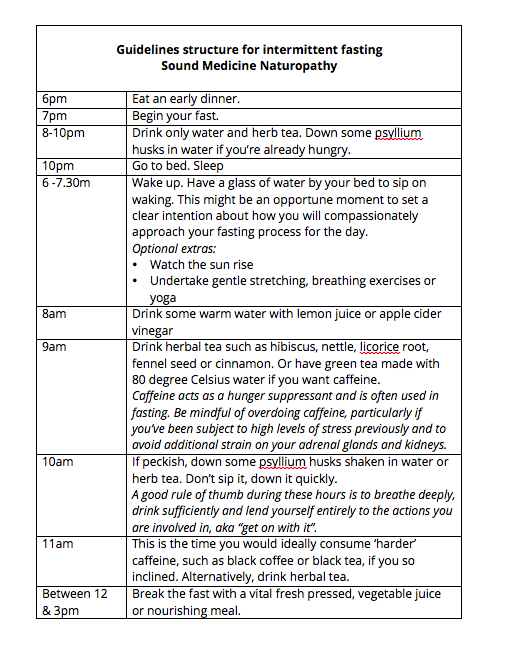
Want to experience supported water and liquid fasting?
